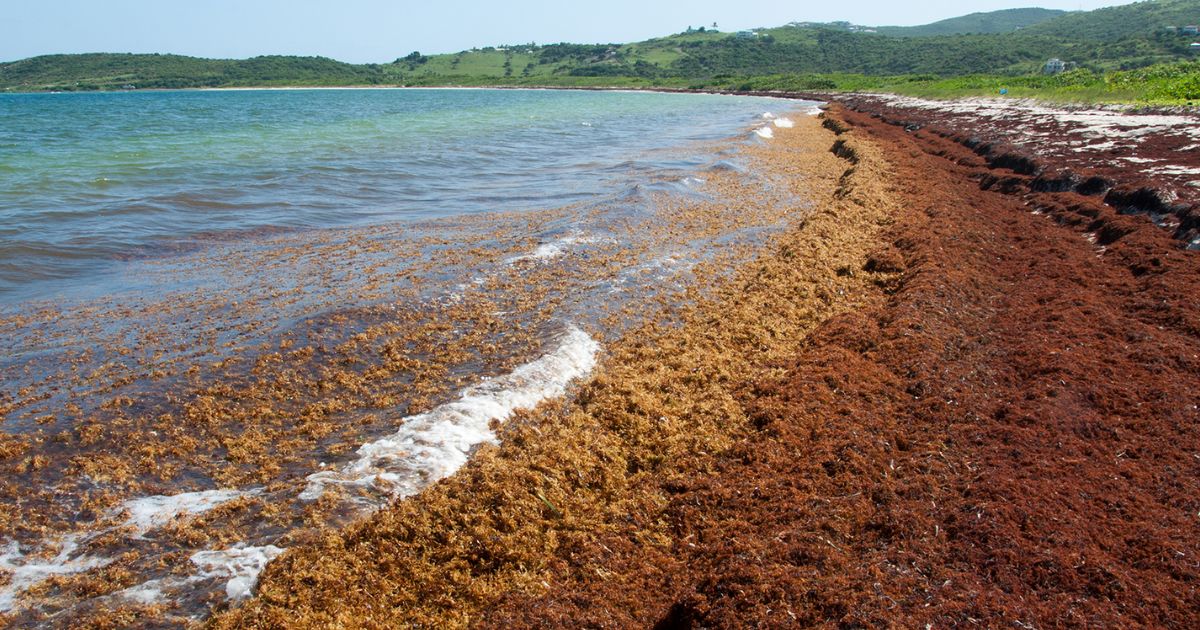Marine and fresh waters across the country are increasingly impacted by HABs, with blooms reported in every state. HABs and the toxins they produce can damage ecosystems, local communities and coastal economies.
These toxins can kill fish and shellfish; disrupt shellfish harvests, aquaculture operations and commercial fisheries; and threaten human health by causing respiratory and gastrointestinal impacts following ingestion of contaminated seafood or drinking water.
HABs cost the US economy millions of dollars each year through impacts to public health, loss of recreation and tourism and effects on fisheries, along with associated monitoring and management efforts. When the algal blooms die, they sink to the bottom and decompose, consuming oxygen and causing hypoxia, or low oxygen conditions. Hypoxia has a wide range of detrimental effects on living resources, and can negatively impact commercial, subsistence and recreational fisheries.
“Our ability to mitigate the impacts of HABs and hypoxia through early-warning and other approaches continues to improve, but changes in both global and regional climates have the potential to pose new challenges,” said David Kidwell, Director of NOAA’s National Centers for Coastal Ocean Science (NCCOS) Competitive Research Program. “These grants will facilitate improved understanding and better decision-making as resource managers address the challenges of protecting both communities and ecosystems in a changing climate.”
The $20.1 million investment in these projects represent a coordinated effort between NCCOS and the US Integrated Ocean Observing System (IOOS) Office within NOAA’s National Ocean Service to advance our nation's ability to observe, monitor, forecast and manage blooms and hypoxia. Here are the funding details:
- NCCOS has allocated $14.1 million to fund HAB and hypoxia competitive research in fiscal year 2023, including $6.1 million for 15 new research awards, and $8 million for 21 continuing awards. Funded projects will advance new methods to measure HAB toxin in seafood to prevent human illnesses, enhance HAB monitoring and response efforts nationwide and improve our understanding of the effects of hypoxia—and potential interactions with other stressors—on marine ecosystems.
- The US IOOS Office has allocated $6 million for HAB and hypoxia projects throughout the US coastal zone in fiscal year 2023, including three new awards under the Ocean Technology Transition program that address ways to make fisheries resilient to climate change and advance HAB monitoring efforts, as well as 10 projects across the US IOOS Regional Associations that will continue to advance HAB monitoring and research, improve models and develop a forecasting testbed in the Gulf of Mexico.
"Harmful algal blooms and hypoxia affect coastal and inland waters and can be devastating to communities and businesses," said Carl Gouldman, Director of the US IOOS Office. "These awards are part of NOAA's ongoing commitment to advance our abilities to forecast, manage and mitigate the effects of these events nationwide."



